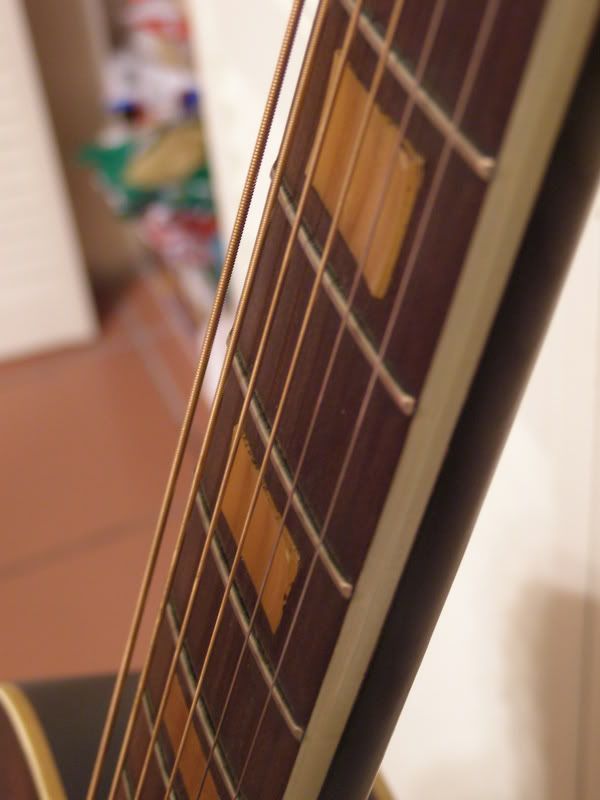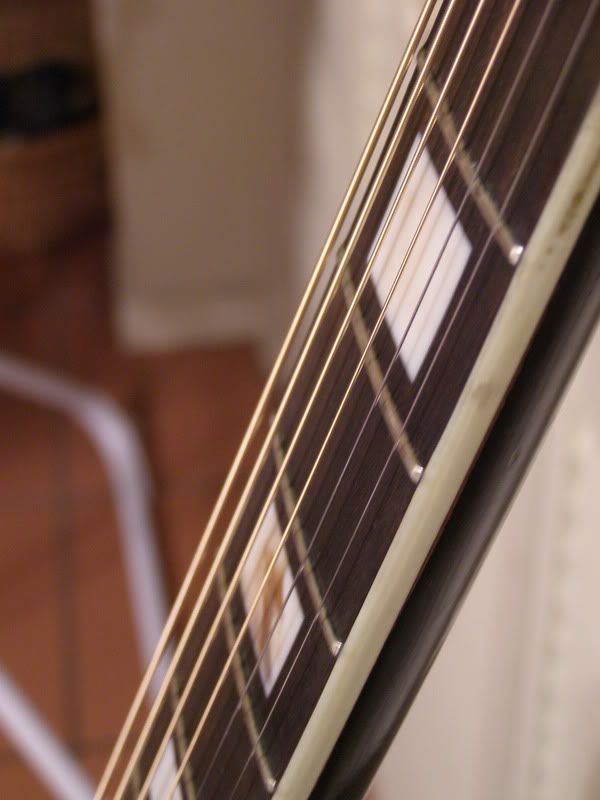motopsyche
Member
Hey gang,
I have a dead original '57 CA-100 that is sporting substantially shrunken pearloid block markers on the fretboard. I'm getting some work done on the guitar and was going to have the markers replaced as the old ones are just glued in place. They look a bit strange on close inspection, but it doesn't seem to affect play. Any opinions on whether or not to keep the old markers in place to preserve vintage value of the guitar? I'm not considering the dollar value so much as the originality. The pickguard has also curved from shrinkage, but I'll try to have it flattened out a bit. I'm also ready to mount a DeArmond 1100 and go electric.
Many thanks.
Bill
'57 CA-100
'59 X-175
'60 T-100DP
'62 Starfire III
'63 X-175
'64 Starfire III
'66 Starfire V
'67 Starfire XII
I have a dead original '57 CA-100 that is sporting substantially shrunken pearloid block markers on the fretboard. I'm getting some work done on the guitar and was going to have the markers replaced as the old ones are just glued in place. They look a bit strange on close inspection, but it doesn't seem to affect play. Any opinions on whether or not to keep the old markers in place to preserve vintage value of the guitar? I'm not considering the dollar value so much as the originality. The pickguard has also curved from shrinkage, but I'll try to have it flattened out a bit. I'm also ready to mount a DeArmond 1100 and go electric.
Many thanks.
Bill
'57 CA-100
'59 X-175
'60 T-100DP
'62 Starfire III
'63 X-175
'64 Starfire III
'66 Starfire V
'67 Starfire XII

